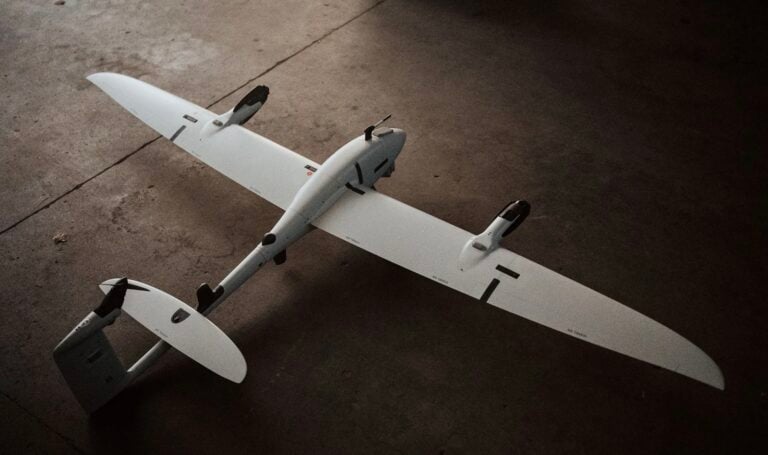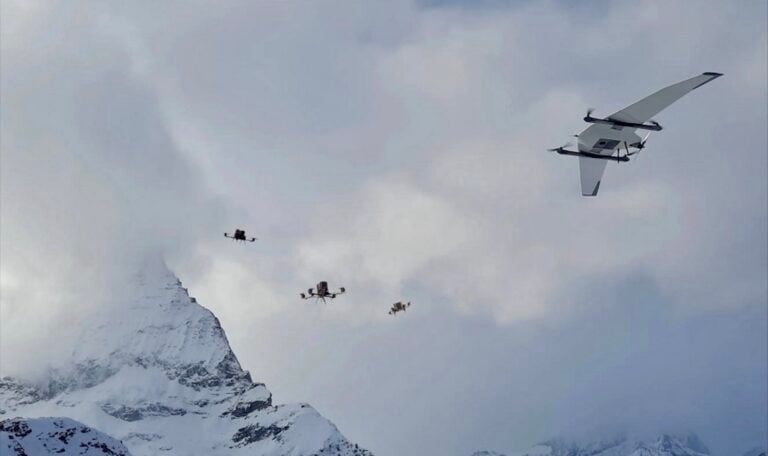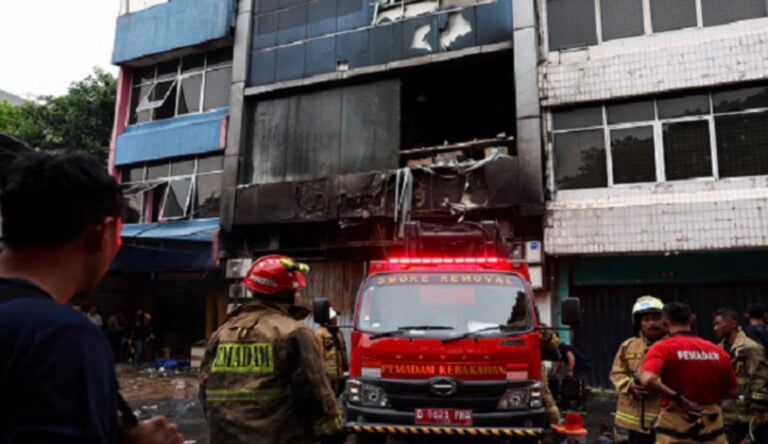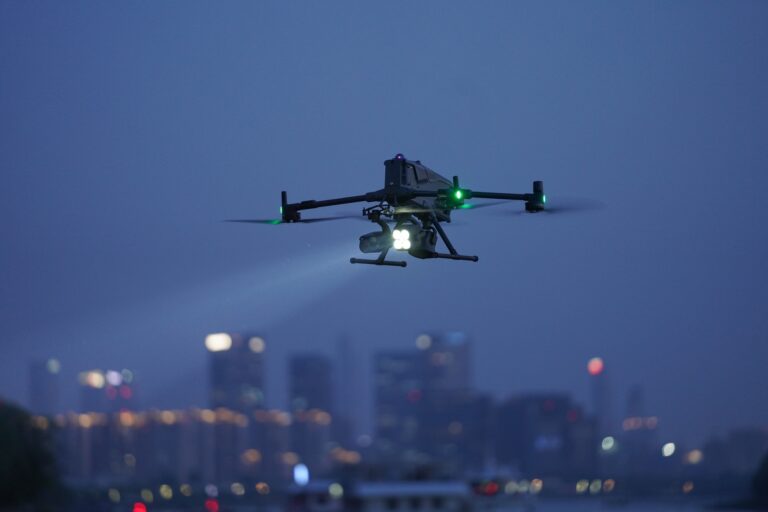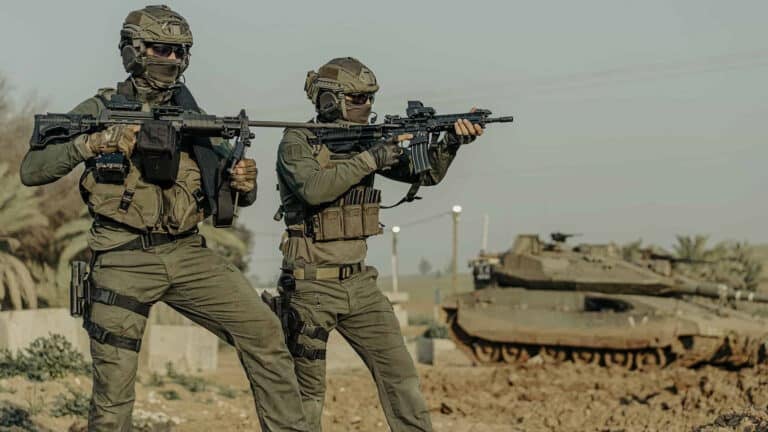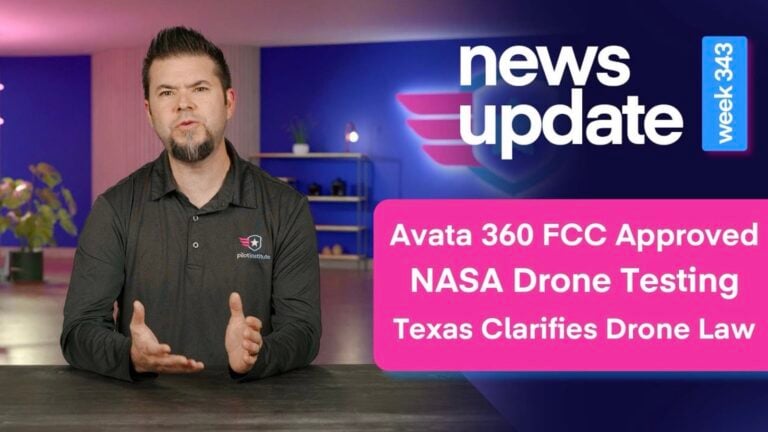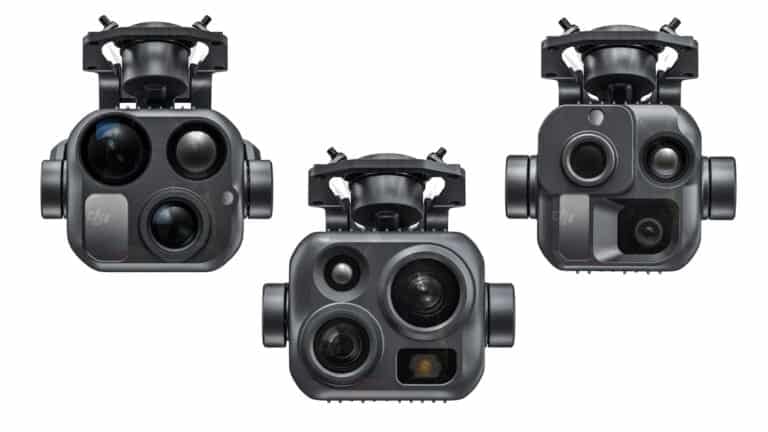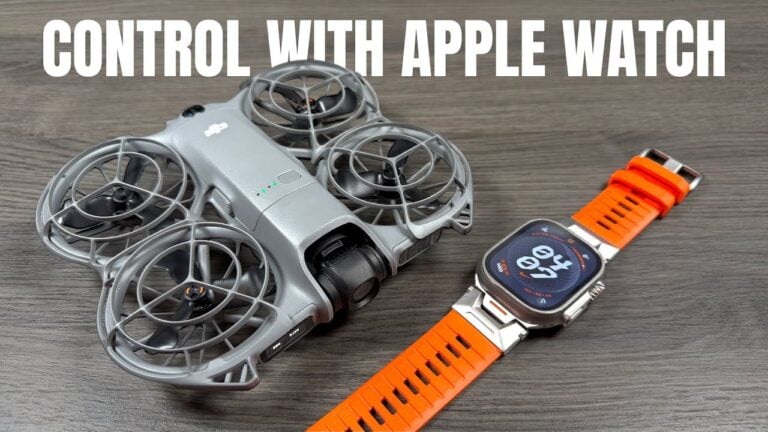Drone Proliferation Forces Paradigm Shift in Combat Medical Response

Amazon Drone Deals: DJI Mini 5 Pro Fly More Combo with DJI RC2 now for $1,099!
The widespread deployment of surveillance and attack drones in Ukraine is fundamentally restructuring battlefield medical response capabilities, forcing a shift away from the traditional “golden hour” standard for treating combat injuries, reports Business Insider.
Combat medics report that the constant presence of reconnaissance drones and loitering munitions has made rapid medical evacuations nearly impossible during daylight hours. These tactical challenges mirror warnings from U.S. military leadership about future combat scenarios where traditional MEDEVAC operations may be severely constrained.
“Until there’s a real concrete answer for drones, it’s going to continue to be pretty hectic when it comes to that type of care,” explains a combat medic with front-line experience in Ukraine, highlighting how even specially marked medical vehicles now draw targeted attacks from drone-directed artillery.
The transformed battlefield environment stems from both the sheer quantity of drones deployed and their increasingly sophisticated capabilities. Small commercial drones, modified with thermal imaging and precision targeting systems, maintain persistent surveillance across vast areas. This surveillance net effectively transforms any movement into a detectable and targetable event, fundamentally altering the risk calculations for medical response teams.
Commercial Off-The-Shelf Impact
Perhaps most significantly, this disruption of traditional medical evacuation protocols stems not from advanced military systems but from readily available commercial drone technology. Basic quadcopters, equipped with thermal cameras and modest payloads, have proven remarkably effective at denying movement across entire sectors of the battlefield.
The proliferation of these systems has created what military analysts term a “democratized intelligence, surveillance, and reconnaissance (ISR) environment,” where even small units can maintain continuous aerial observation of their sectors. This capability, when combined with modern artillery systems, creates persistent danger zones that medical teams must carefully navigate.
Tactical Adaptations
Medical teams have been forced to develop new protocols in response to these challenges. Evacuations now primarily occur during brief windows at dawn and dusk – periods when drone operators typically switch between daylight and thermal imaging systems. These narrow operational windows have extended typical evacuation times from the traditional one-hour target to potentially days, significantly impacting patient outcomes.
“We have a golden three days,” notes one U.S. Army veteran fighting in Ukraine, describing the new reality of delayed medical response. This extended timeline has forced changes in field medical protocols, with greater emphasis on prolonged field care and distributed medical resources.
Strategic Implications
The implications of this tactical shift extend far beyond the current conflict. Military planners, particularly in Western forces accustomed to air superiority, are being forced to reconsider medical response doctrine for peer-level conflicts. The U.S. Army’s Medical Research and Development Command has already begun shifting terminology from “golden hour” to “golden window of opportunity,” acknowledging this new tactical reality.
These changes are driving several parallel development efforts:
- Counter-Drone Technologies: The urgent need for reliable counter-drone systems has accelerated development of both kinetic and electronic warfare solutions. These range from traditional anti-air systems to sophisticated AI-driven drone detection and neutralization platforms.
- Autonomous Medical Response: Research into autonomous drone-based medical supply delivery systems has intensified, aiming to provide responsive logistics support even in denied environments. These systems must overcome both technical challenges and the threat of counter-drone operations.
- Advanced Field Care: Medical units are developing new protocols and technologies for prolonged field care scenarios, including portable blood storage, advanced wound care systems, and distributed medical assets.
Industry Impact
For the commercial drone industry, these battlefield lessons carry significant implications. The demonstrated effectiveness of small drones in disrupting operations has highlighted critical questions about counter-drone technology development, autonomous systems reliability, and the integration of drone operations with traditional air traffic.
As civilian drone delivery services expand, the security implications of dense drone traffic and potential hostile drone use will likely influence both regulatory frameworks and technical requirements. The FAA has already begun incorporating these lessons into its drone integration planning, particularly regarding security requirements for drone operations near critical infrastructure.
Future Developments
The ongoing evolution of this challenge suggests several likely developments in both military and civilian contexts. Counter-drone technologies will likely become standard components of medical evacuation equipment, while drone delivery systems will need to demonstrate robust security features and redundancies.
Additionally, the integration of artificial intelligence and autonomous systems may provide new solutions for medical response in drone-denied environments. These could include smart routing systems that automatically identify safe corridors for evacuation or collaborative drone swarms that provide temporary air superiority for medical operations.
The fundamental lesson from current conflicts is clear: the ubiquity of drone technology has permanently altered the landscape of emergency response, both military and civilian. Adapting to this new reality will require continued innovation in technology, tactics, and regulatory frameworks.
Photo courtesy of Wild Hornets
Discover more from DroneXL.co
Subscribe to get the latest posts sent to your email.
Check out our Classic Line of T-Shirts, Polos, Hoodies and more in our new store today!

MAKE YOUR VOICE HEARD
Proposed legislation threatens your ability to use drones for fun, work, and safety. The Drone Advocacy Alliance is fighting to ensure your voice is heard in these critical policy discussions.Join us and tell your elected officials to protect your right to fly.
Get your Part 107 Certificate
Pass the Part 107 test and take to the skies with the Pilot Institute. We have helped thousands of people become airplane and commercial drone pilots. Our courses are designed by industry experts to help you pass FAA tests and achieve your dreams.

Copyright © DroneXL.co 2025. All rights reserved. The content, images, and intellectual property on this website are protected by copyright law. Reproduction or distribution of any material without prior written permission from DroneXL.co is strictly prohibited. For permissions and inquiries, please contact us first. DroneXL.co is a proud partner of the Drone Advocacy Alliance. Be sure to check out DroneXL's sister site, EVXL.co, for all the latest news on electric vehicles.
FTC: DroneXL.co is an Amazon Associate and uses affiliate links that can generate income from qualifying purchases. We do not sell, share, rent out, or spam your email.




